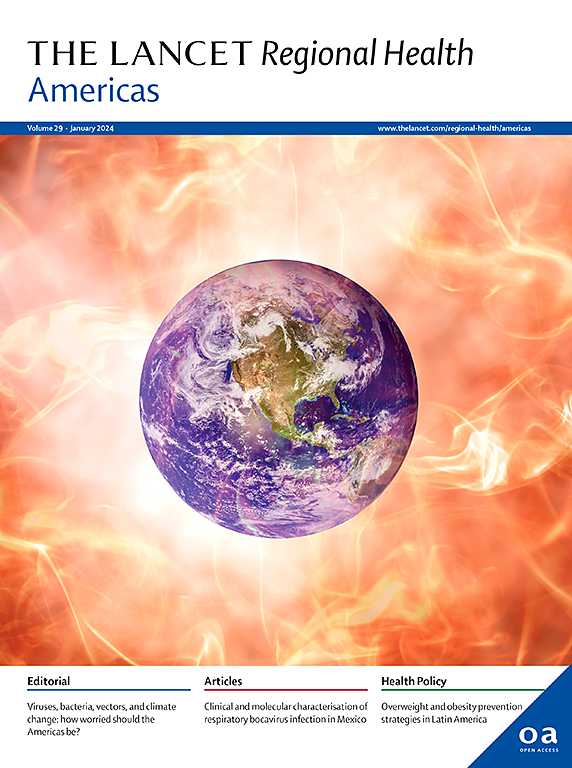住房市场在造成呼吸系统健康差异方面的作用
IF 7
Q1 HEALTH CARE SCIENCES & SERVICES
引用次数: 0
摘要
哮喘是一种慢性肺部疾病,在美国大约有2700万人受到影响。它在黑人、西班牙裔、土著和工人阶级社区中更为普遍和严重。不合标准的住房不成比例地使穷人和有色人种社区面临害虫、霉菌、温度调节不当和心理压力。住房作为呼吸系统健康差异的驱动因素的作用是公认的。然而,对造成目前不合标准住房分布的经济和政治力量的关注较少,这种不平等的暴露和疾病负担持续存在。这篇综述考察了在美国,管理住房生产、维护和分配的政治、法律和经济关系是如何产生有害条件的。我们回顾了新出现的证据,这些证据表明权力关系——最重要的是房东-房客关系——是造成和再现暴露差异和哮喘负担下游差异的动力。本文章由计算机程序翻译,如有差异,请以英文原文为准。
The role of housing markets in producing respiratory health disparities
Asthma is a chronic lung disease affecting an estimated 27 million people in the United States. It is much more prevalent and severe among Black, Hispanic, Indigenous, and working-class communities. Substandard housing disproportionately exposes poor people and communities of color to pests, mold, poorly regulated temperatures, and psychosocial stress. This role of housing as a driver of respiratory health disparities is well-established. However, less attention has been paid to the economic and political forces that produce the current distribution of substandard housing, which enables this unequal exposure and disease burden to persist. This review examines how harmful conditions arise from the political, legal, and economic relationships that govern housing’s production, maintenance, and distribution in the United States. We review emerging evidence that identifies power relations—most importantly the landlord-tenant relationship—as the motor that creates and reproduces disparities in exposures and the downstream disparities in asthma burden.
求助全文
通过发布文献求助,成功后即可免费获取论文全文。
去求助
来源期刊

Lancet Regional Health-Americas
Multiple-
CiteScore
8.00
自引率
0.00%
发文量
0
期刊介绍:
The Lancet Regional Health – Americas, an open-access journal, contributes to The Lancet's global initiative by focusing on health-care quality and access in the Americas. It aims to advance clinical practice and health policy in the region, promoting better health outcomes. The journal publishes high-quality original research advocating change or shedding light on clinical practice and health policy. It welcomes submissions on various regional health topics, including infectious diseases, non-communicable diseases, child and adolescent health, maternal and reproductive health, emergency care, health policy, and health equity.
 求助内容:
求助内容: 应助结果提醒方式:
应助结果提醒方式:


